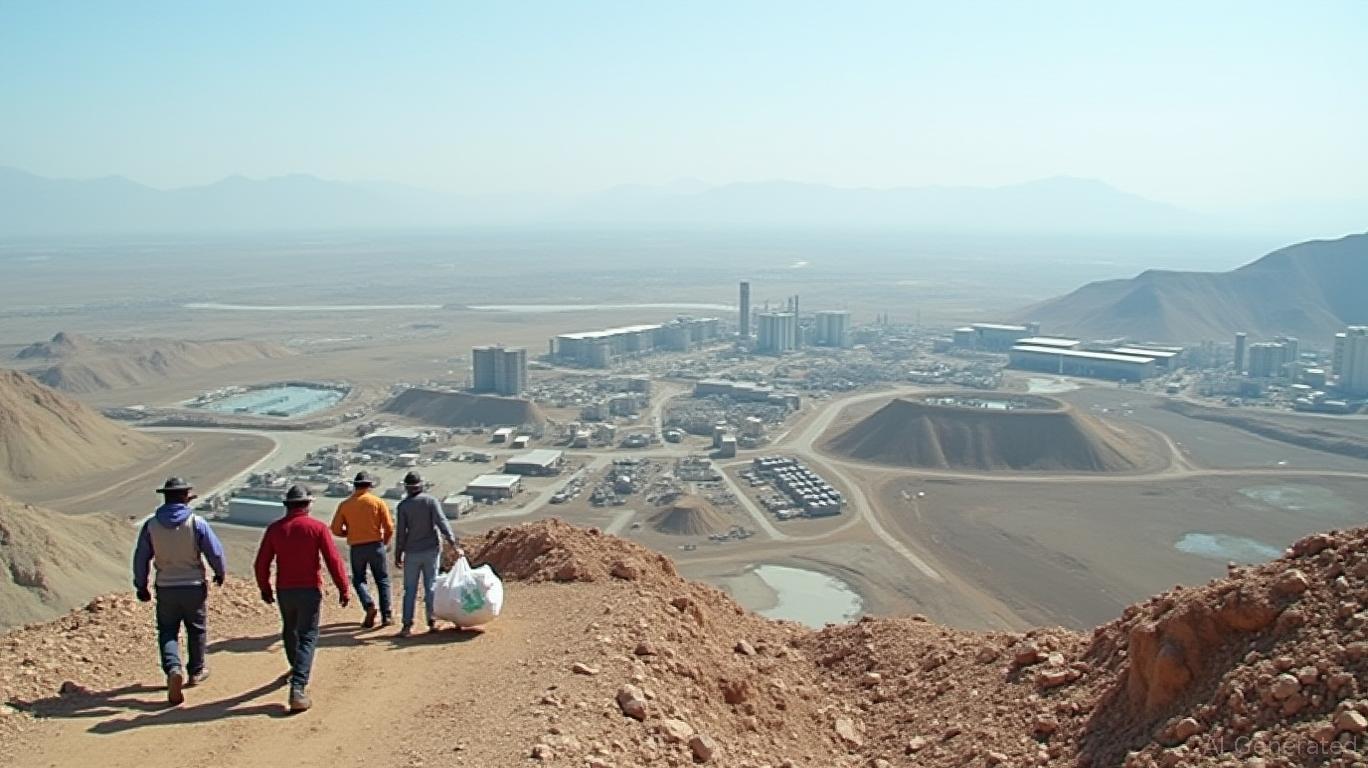Dewhurst Group: A Tale of Three Years and a Share Price Decline
Saturday, Feb 22, 2025 3:10 am ET

As a shareholder in Dewhurst Group (LON:DWHT), you might be feeling a sense of unease if you invested three years ago. The company's share price has taken a tumble, declining by a significant -33.89% over this period. But what factors contributed to this decline, and how might they influence future performance?
Market Capitalization and Enterprise Value Decline
One of the primary factors contributing to the share price decline is the decrease in Dewhurst Group's market capitalization and enterprise value. Over the past three years, the company's market capitalization has decreased by -13.49% in 2022 and -33.89% in 2021. Similarly, the enterprise value has also decreased, with a decline of -13.49% in 2022 and -33.89% in 2021. This suggests that investors may be losing confidence in the company's future prospects and its overall value.
Financial Performance and Dividend Yield
Dewhurst Group's financial performance has shown steady growth over the past three years, with increases in revenue, earnings, and cash flow. However, the company's dividend yield has decreased over the same period, from 2.11% in 2022 to 1.52% in 2024. A lower dividend yield may make the company less attractive to income-oriented investors, contributing to the share price decline.
Product Portfolio and Market Demand
Dewhurst Group's product portfolio has expanded over the past three years, with an increased focus on accessories, auxiliaries, destination controls, displays, fixtures, hidden legends, hygiene plus products, key switches, keypads, lanterns and gongs, pushbuttons, US1 touch panel, and transport products. However, the company's ability to meet market demand and maintain its competitive edge may have been challenged by industry trends, technological advancements, or changes in consumer preferences.
Geopolitical and Regulatory Factors
Geopolitical and regulatory factors can also impact a company's share price. Changes in trade policies, tariffs, or regulatory requirements can disrupt supply chains, increase costs, or limit market access. As a global company, Dewhurst Group may be exposed to these risks, contributing to the share price decline.
Looking Ahead
To reverse the share price decline and attract investors, Dewhurst Group must address the factors contributing to its decline and demonstrate a commitment to improving its financial performance, dividend yield, and overall value. This may involve:
1. Enhancing the company's product portfolio and market position to better meet market demand and maintain a competitive edge.
2. Improving the company's financial performance and dividend yield to attract income-oriented investors and demonstrate a commitment to shareholder value.
3. Addressing geopolitical and regulatory risks by diversifying supply chains, managing costs, and maintaining market access.
4. Communicating effectively with investors to build confidence in the company's future prospects and overall value.
In conclusion, Dewhurst Group's share price decline over the past three years can be attributed to a combination of factors, including market capitalization and enterprise value decline, financial performance and dividend yield, product portfolio and market demand, and geopolitical and regulatory factors. To reverse this trend, the company must address these factors and demonstrate a commitment to improving its financial performance, dividend yield, and overall value. As a shareholder, it's essential to stay informed about the company's progress and make investment decisions based on its ability to address these challenges and capitalize on new opportunities.










